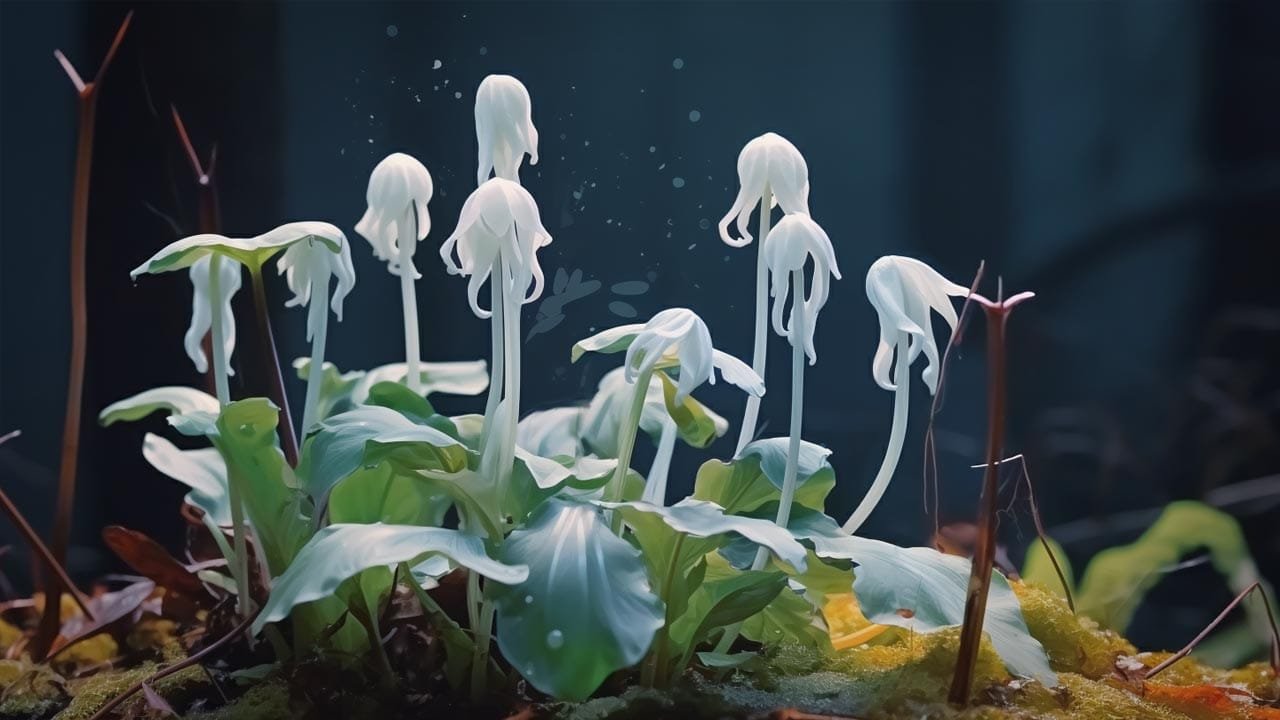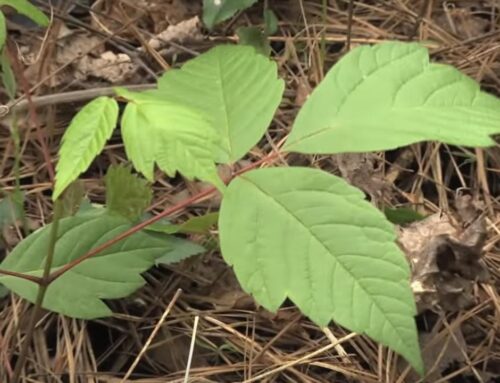Ghost Pipe: The Ethereal Natural Pain Reliever
Natural Pain Reliever, Ghost Pipe a term that conjures images of spectral beauty and enigmatic charm, refers to a unique plant known scientifically as Monotropa uniflora. This remarkable flora, devoid of the typical green of chlorophyll, emerges as a ghostly presence in the forest, captivating the imagination of foragers and herbalists alike. Not only does its ethereal appearance intrigue, but its potential as a natural pain reliever sets it apart in the world of medicinal plants.
Key Takeaways
- Ghost Pipe, a natural nervine, helps support the nervous system.
- Recognized for its analgesic properties, providing natural pain relief.
- Acts as a sedative, aiding in sleep support and calming anxiety.
In this exploration of Ghost Pipe, we delve into its mystique, medicinal properties, and the controversies surrounding its use. From its traditional applications by Native American tribes to modern herbalist perspectives, we uncover the allure of this enigmatic plant.
Table of Contents
- The Mystique of Ghost Pipe
- Medicinal Properties of Ghost Pipe
- The Controversy and Risks
- Traditional Uses and Folklore
- Modern Herbalist Perspectives
- Making Ghost Pipe Tincture
- Dosage Recommendations
- Top 10 Frequently Asked Questions
The Mystique of Ghost Pipe
Resembling a flower yet often mistaken for a mushroom, Ghost Pipe is a paradox in the plant world. Its white to translucent stalks rise from the forest floor, often after rainfall, in shaded and deep forests across the United States. Ghost Pipe lacks chlorophyll, the green pigment found in most plants, which adds to its ghostly appearance. This lack of chlorophyll means it doesn’t derive energy from the sun but instead, through a unique relationship with underground fungi, draws nutrients from nearby tree roots.
Medicinal Properties of Ghost Pipe
One of the most celebrated aspects of Ghost Pipe is its role as a nervine. As a natural remedy, it has been used to support the nervous system, particularly in states of anxiety, panic, and emotional overwhelm. Its analgesic nature offers pain relief, not by numbing the pain, but by altering the perception of pain, providing a psychological distance from it. Moreover, as a sedative, it aids in alleviating insomnia and restlessness, bringing a sense of calm to those who use it.
The Controversy and Risks
Despite its medicinal allure, Ghost Pipe is not without controversy. Concerns about its toxicity, due to the presence of grayanotoxins, and its delicate ecological status have led to debates within the herbalist community. Ethical harvesting is crucial due to its rarity and risk of overharvesting. This makes Ghost Pipe a plant of significant responsibility for those who choose to use it.
Traditional Uses and Natural Pain Reliever Folklore
The use of Ghost Pipe spans centuries, deeply rooted in the practices of Native American tribes. For instance, the Cherokee have a legend about the Indian pipe, a variant name for Ghost Pipe. They believed that ancient chiefs, turned into these translucent flowers by the Great Spirit, grow in places where relatives and friends had quarreled, symbolizing a need for peace and resolution. The historical use of Ghost Pipe extended to various medicinal purposes, such as treating convulsions, toothaches, and as an analgesic during colds.
Modern Herbalist Perspectives
In modern herbalism, Ghost Pipe is sometimes employed as a nervine tonic. Nervine tonics are plant-based remedies that aim to restore a depleted or stressed nervous system, a concept slightly divergent from traditional pharmaceutical methods. Herbalists today value Ghost Pipe for its calming effects, particularly in cases of severe anxiety or panic attacks.
Making Ghost Pipe Tincture
Creating a Ghost Pipe tincture is a process that blends traditional herbal wisdom with precision and care. It involves several steps, each crucial for ensuring the effectiveness and safety of the final product.
Gathering Ghost Pipe
The first step is to ethically harvest Ghost Pipe, a task that requires attentiveness to its ecological status and habitat. Ghost Pipe blooms from early summer to late autumn, presenting as a ghostly white or translucent flower. It thrives in shaded, wooded areas and is often found in clusters. Harvesters should only take a sustainable amount, ensuring the continued growth and health of the plant population.
Preparing the Tincture
To prepare the tincture:
- Select a Solvent: High-proof alcohol like grain alcohol or vodka is ideal for extraction. The alcohol acts as a solvent, pulling the medicinal compounds out of the plant, and also preserves the tincture.
- Maceration: Place fresh, cleaned Ghost Pipe plant material in a glass jar and cover it with the alcohol. Seal the jar tightly.
- Steeping: Allow the mixture to steep in a cool, dark place for several weeks. This process, known as maceration, lets the alcohol extract the active compounds from the Ghost Pipe.
Monitoring and Straining
Regularly check the tincture during the steeping process. Gently shake the jar occasionally to facilitate the extraction. After the allotted time, strain the mixture through a fine mesh or cheesecloth to remove all plant material. The remaining liquid contains the concentrated essence of Ghost Pipe.
Storage and Labeling
Pour the strained tincture into dark glass bottles, ideally amber or blue, to protect it from light, which can degrade its potency. Label each bottle with the date of preparation and the contents. Store the bottles in a cool, dark place, where the tincture can be preserved for long-term use.
Dosage Recommendations:
It is advised to start with 3 drops in juice or water, gradually increasing the dose based on individual reaction. In cases of severe panic, multiple 30-drop doses can be administered at 5-minute intervals.






Leave A Comment